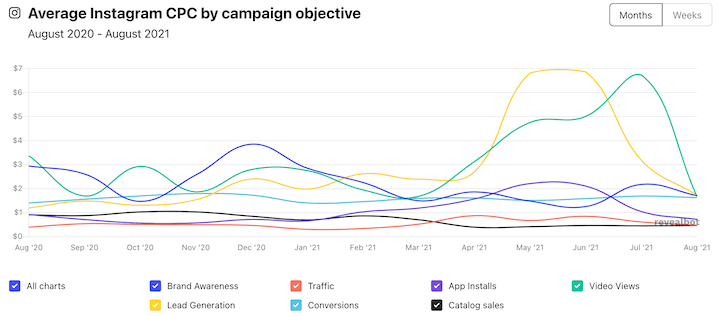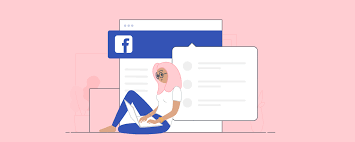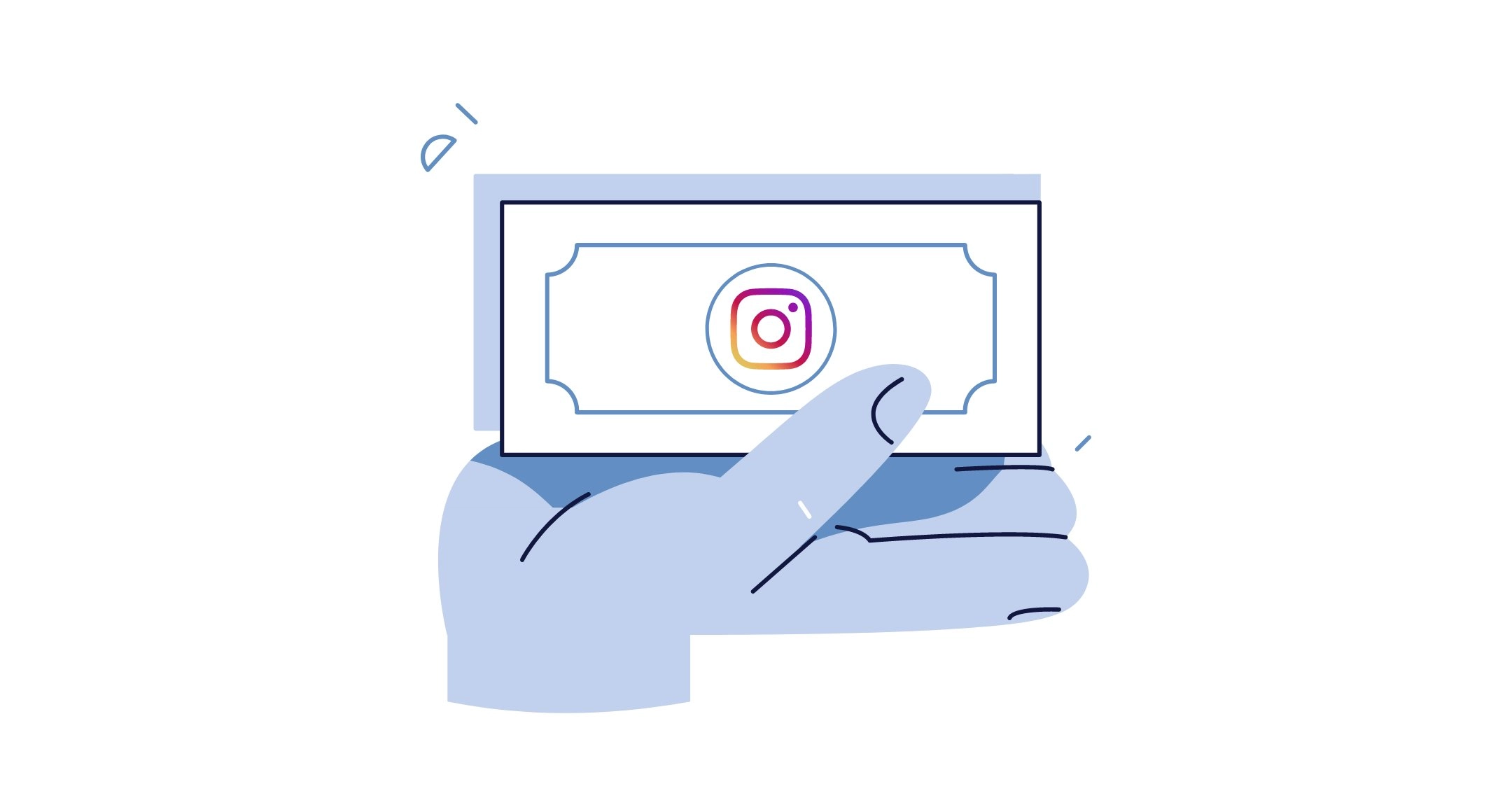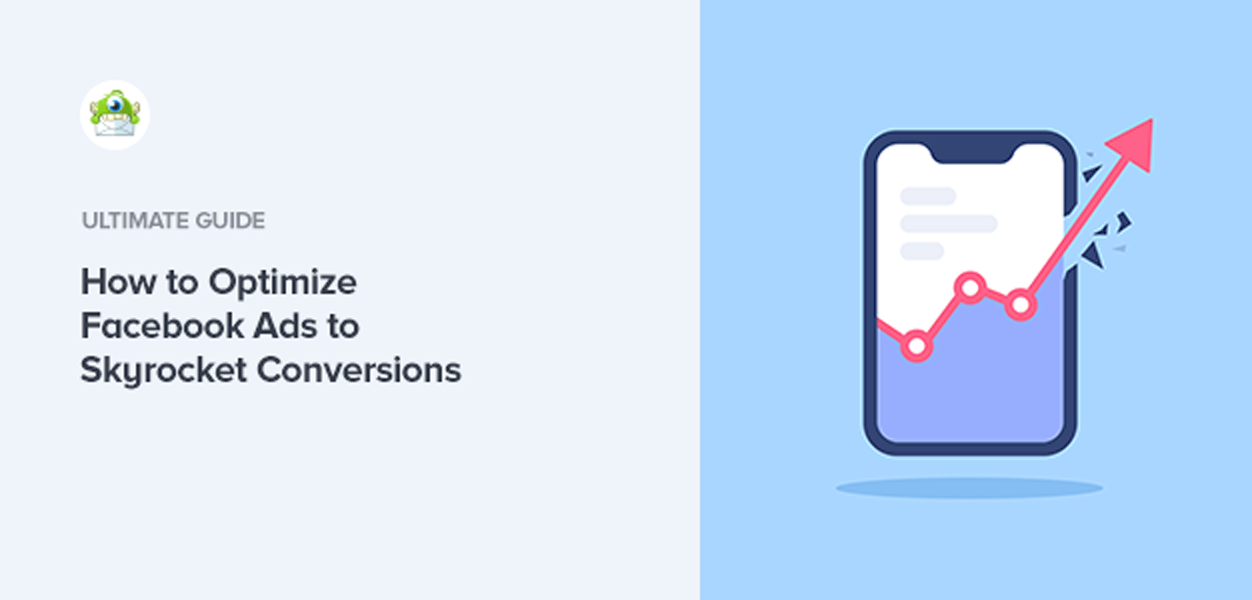Experiment with placements
The audience of Facebook users is huge, and almost any business can find its potential customers among them. Instagram is not far behind and is considered the # 1 social network among audiences between the ages of 20 and 35. Many entrepreneurs have been actively using targeted advertising in social networks for a long time to develop their business.
Algorithms are improving, competition is growing, and sooner or later the main task is that you will encounter will be a decrease in the cost of a click, conversion and lead from ads on Facebook and Instagram. Consistently working to minimize these costs reduces your ad costs, which gives you the opportunity to increase reach and opens up more room for experimentation.
In this article, I’ll share with you several effective ways to achieve this.

1. Test audiences and find the best ones
No matter how attractive your ad is, a lot depends on who you are showing it to. It is difficult to expect high returns from advertising for ski equipment to fans of computer games, or anti-wrinkle cream targeting 20-year-old students.
You need to start by creating a detailed portrait of a potential client, describing the characteristics of your target audience. At the same time, it is important to shift the focus towards geographic and demographic factors, since the use of obvious targeting by interests, brings you into the plane of high competition, since they are used by all advertisers.
When setting up ads on Facebook, almost two dozen places are available for its future display (placements), and by default, the system plans to use all of them. But the effectiveness of each of the placements will be different, as will the cost of an impression, since the competition for each place is different. Equally important, there are differences in terms of creative design features.
On first launch, it is useful to use automatic settings and show ads on all available placements, just to evaluate the results for each of them. Then, we simply disable places with expensive impressions and low efficiency, which will reduce costs.
3. Use split tests
There are a number of important questions that can only be answered experimentally:
- which image is best for an ad;
- which text triggers more responses;
- which audience is better suited – A or B?
Automated split tests are a very useful tool in this business, which allows you to understand what works Better or worse, eliminate ineffective ads / audiences and move on.
4. Experiment with post styles
A Facebook ad post can also be styled in a variety of ways to target different audience segments. You can run an advertisement in the following form:
- repost of a thematic article from a blog;
- a post describing the benefits of the product;
- a post with a short case study of the use of the product / services;
- a post with a customer review or personal experience of using the product.
One format works better for attracting subscribers and building a community, another for direct sales, etc. . d
5. Create a “Look a Like”
The Facebook algorithm creates a look-alike audience based on the analysis of user behavior in the original remarketing audience, which can be collected by installing a Pixel on the site, or based on your existing followers. pages. To do this, in the “Audiences” menu, click on the button for creating a new one and select “Similar audience” from the list:
The slider allows you to adjust the percentage of similarity (from 1 to 10) – the lower the value you set, the more the created audience will be similar to the one that is taken as the basis. The algorithm works pretty well, and this way you can get a really good audience for advertising.
6. Test ads to increase conversions
In the list of available goals when creating a campaign, you can launch ads with pay-per-target action, for example, viewing the contact page, downloading content, submitting an application form, etc.
The system algorithm in this case works as follows:
- Facebook tracks targeted user actions on the site;
- And then looks for people who are likely to perform the same actions .
In some cases, this model provides a much better effect than pay per click.
7. Pixel on the site and retargeting
In case someone does not guess or pay enough attention, I decided to make it a separate item. A Facebook pixel is a special code that is installed on a website to track audience behavior on it and collect an audience of users who have an account on this social network to launch remarketing. And yes, this is a very useful and important tool.
Unlike creating regular audiences, which are made up of people who have never heard of you, Pixel allows you to serve ads to those users who have already visited your site and even a specific page.
In terms of price / performance ratio, this is a much more promising direction, because you are targeting a campaign at people who have already become interested in you once. You can thus attract subscribers, or aim at sales, by offering discounts and promotions.
8. Posts per page vs site clicks
If you are working to reduce the cost of Facebook ads, there is one simple truth to consider – the reach of content within the social network itself will always be higher and cheaper than trying to take users outside of it.
That is, trying to get conversions by posting on your page will be clearly cheaper than redirecting the visitor to the site. And if possible, it is better to think about it than to try in vain to bypass the algorithms.
9. Run ads on specific hours and days
By default, ad impressions are distributed over time throughout the entire ad period, that is, it runs 24 hours a day. But on Facebook, you can advertise only on certain days and hours, for which you need to set up a schedule by specifying the schedule you need:
Thus, if you know at what time your audience is most active and receptive, it increases efficiency and reduces the cost of the campaign as a whole.
10. Compare different formats
The possibilities for advertising on Facebook are really many, and this is also true for formats. You can promote text posts, images, videos, create slideshows, a carousel gallery, advertise in stories, etc.
Even an experienced specialist can only roughly estimate what will be better in one case or another, and the only one The way to be sure of this is to experiment in practice.
Summing it up
Reducing the cost of advertising on social media is not as difficult as it might seem at first glance. There are a number of factors that affect the cost of a click, conversions, and leads on Facebook and Instagram, which can be targeted to increase investment efficiency by getting more reach for less money. Or narrow the focus by focusing on the maximum target audience.
I hope this article helps you achieve your goals. And if you want to entrust the management of your advertising campaign to professionals – write to us and we will answer all your questions.


